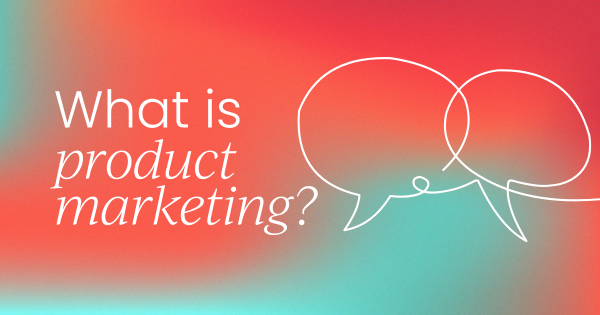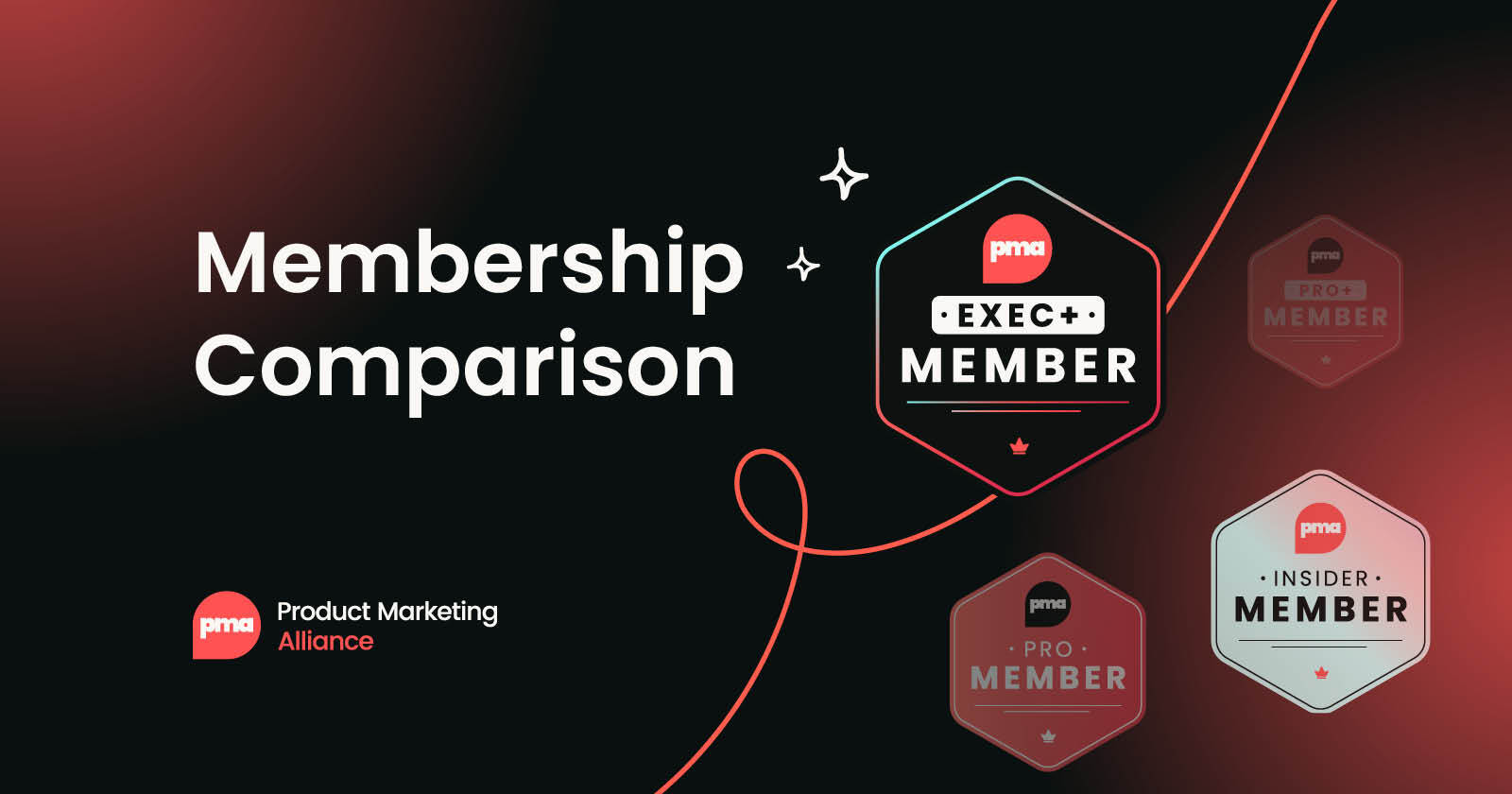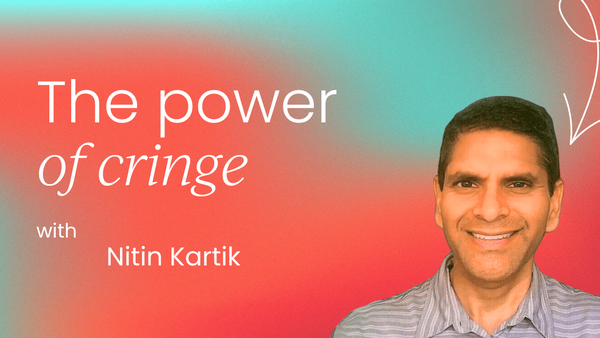We’ve all seen it – the ad that causes us to shudder involuntarily, the influencer post that feels painfully awkward, the brand campaign that misses the mark so badly it becomes infamous.
But why do we react this way? And more importantly, why do we feel the need to share these cringeworthy moments with others?
Recent research by Brianna Escoe, Nathanael S. Martin, and Anthony Salerno sheds new light on the phenomenon of cringe and its impact on consumer behavior.
Their study explores how cringe is a unique form of vicarious embarrassment – one that consumers are eager to spread through word of mouth.
For product marketers, the insights from this research present both a cautionary tale and an opportunity.
Having spent years driving go-to-market strategies and positioning products to stand out, I’ve seen firsthand how a misstep in messaging can turn a brand from beloved to bewildering in an instant.
What is cringe, really?
Traditionally, embarrassment has been studied as a self-experienced emotion, but cringe is different.
It arises when an observer sees an individual, group, or brand making an awkward attempt to create a positive impression – but in a way that is inexcusable from the observer's perspective.
A defining characteristic of cringe is that it makes consumers feel socially superior to the actor. The observer isn’t empathizing with the actor (as they might in cases of simple embarrassment).
Instead, they see the cringeworthy individual or brand as unaware of social norms and themselves as more socially adept.
In my career, I’ve encountered this challenge when brands attempt to “force relatability.”
At Audible, where I led strategies to improve customer retention, we focused on authenticity. We knew that if we tried too hard to sound like our audience rather than truly understanding them, we’d risk alienating rather than engaging them.
Why cringe goes viral
One of the study’s most intriguing findings is that cringe is highly shareable. Why? Because sharing cringeworthy content allows consumers to engage in downward social comparison.
In other words, when people share a cringeworthy ad, they’re not just mocking the brand – they’re subtly signaling to their peers that they understand social norms better than the brand does.
For example, when Pepsi released its infamous “Live for Now” ad featuring Kendall Jenner, the backlash was swift.
The ad – meant to convey unity and positivity – was widely criticized for trivializing social justice movements. Instead of fostering goodwill, it became a viral example of corporate misjudgment, generating 1.25 million mentions in a single day.
While Pepsi’s online word-of-mouth skyrocketed by 21,000%, the overwhelming sentiment was negative, forcing the company to pull the ad within 24 hours.
Having worked in large organizations where I helped shape narratives for consumer and enterprise audiences, I’ve seen how even the most well-intended campaigns can take a wrong turn if they fail to consider how their audience truly perceives them.
The risk of unintentional cringe in marketing
For product marketers, the biggest takeaway is clear: cringe can be a brand-damaging force when it results from tone-deaf messaging, forced relatability, or awkward attempts at trendjacking. Some common pitfalls include:
- Inauthentic brand voice: Trying too hard to sound like your audience can backfire. If your brand doesn’t naturally speak in Gen Z slang, for example, forcing it will likely feel contrived and cringeworthy.
- Social issue missteps: As seen with the Pepsi case, attempting to align with social causes without a genuine connection can be perceived as exploitative.
- Failed humor: Humor is a powerful tool, but when done poorly, it can alienate rather than engage.
At Carbyne, where I led global product marketing efforts, we balanced edgy, engaging messaging with deep audience research.
We knew that while humor and bold messaging could be effective, they had to be aligned with our brand’s credibility and mission. Otherwise, we’d risk undermining trust rather than building it.
Can marketers leverage cringe intentionally?
Despite the risks, not all cringe is bad for business. Some brands have successfully embraced cringe in a way that drives engagement. The key is in making consumers feel like they’re in on the joke rather than the target of it.
Take brands like Duolingo and Wendy’s on social media. Their playful, self-aware, and sometimes deliberately cringeworthy content resonates with audiences who recognize and appreciate the irony. The difference? These brands are in control of the cringe, rather than unintentionally falling into it.
@maliyina It’s all fun and games until a brand starts being rude to a random person in the comment section… Do you enjoy this type of marketing or do you want to go back to aspirational ads? #socialmediacommentary #popculturecommentary #duolingo #duo #socialmediamarketing ♬ original sound - Malina
The bottom line: Read the room
Cringe is powerful. It can make or break a marketing campaign. As this research highlights, consumers are eager to share cringeworthy content – but often not in a way that benefits the brand.
Product marketers should take this as a reminder to deeply understand their audience, test their messaging carefully, and avoid the social transgressions that lead to unintentional cringe.
In my own career, I’ve learned that brand perception is fragile, and one misstep can become an enduring internet joke. The next time you launch a campaign, ask yourself: is this truly engaging, or are we about to become the internet’s next viral cringe moment?


















 Follow us on LinkedIn
Follow us on LinkedIn



.svg?v=62422bbfd6)